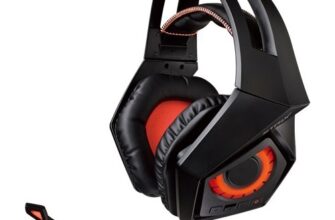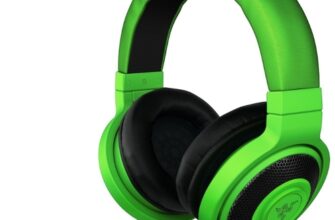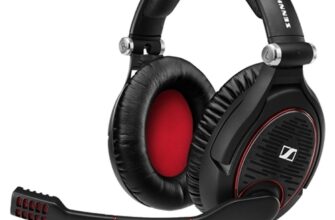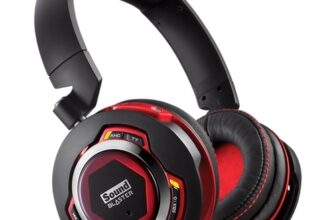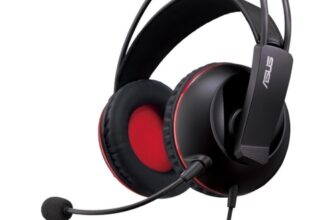When choosing a flash drive or USB drive, you should start from the planned use of the device.
Which flash drive to choose: evaluation criteria
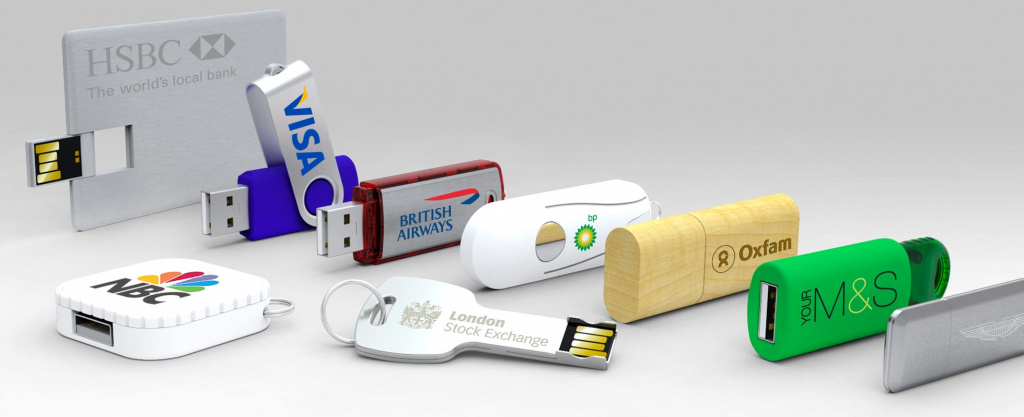
Flash drives differ not only in volume, but also in other parameters:
-
Standard, it's a form factor;
-
Read-write speed;
-
Volume;
-
Ergonomics;
-
Additional features.
Standard (form factor)
Standard is the most important parameter of flash drives. It is he who determines how this drive can be used.
Standard USB drives are made in USB stick format and are designed to store and transfer information from one computer to another. They plug into a regular USB Type A port and are cross-compatible between devices from different manufacturers, with different operating systems and specifications.
But if you need a flash drive for a DVR, camera or similar 'mobile' device, then most likely SD or microSD will do. The specific specification can be found in the documentation for the device or the markings on its case.
Read-write speed
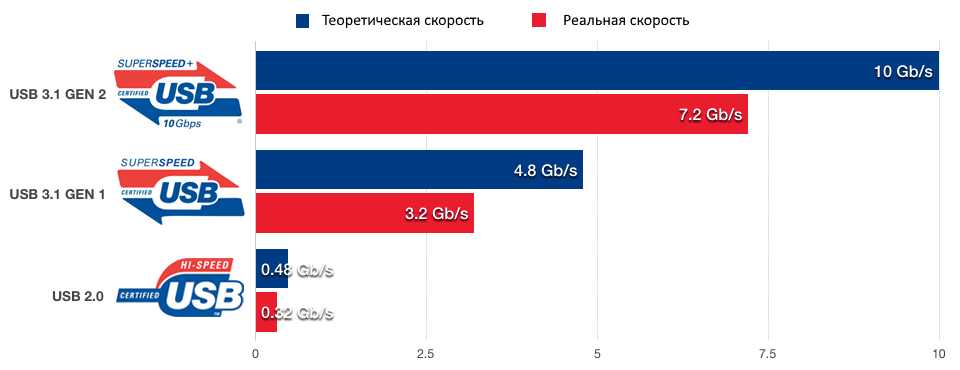
This parameter determines how quickly the data will be copied to and from the USB flash drive. In the vast majority of mid-range models, it directly depends on the storage standard. That is, flash drives with USB 2.0 will provide an average read-write speed of 480 Mbit / s, and with USB 3.0 – about 5 Gb / s.
It is worth remembering that the write speed is always lower than the read speed. This is due to the way USB drives work. In addition, the speed of writing one large file is much higher than writing many small ones, but with the same size – for the same reason. Therefore, if you plan to 'upload' large files to a USB flash drive, you should choose a drive with a high write speed. If it will be used to store documents, photos or music – this parameter can be neglected.
Volume (capacity)
The volume of a USB drive is one of its most important parameters. It is he who determines how many files can be placed on it. In addition, the price of the drive directly depends on the capacity.
The relationship between price and storage capacity is non-linear. For example, flash drives that have a volume of less than 8-16 GB have a high cost per gigabyte. The most economical drives are 32 GB. Flash drives of 64 GB and more are again distinguished by the high cost of an individual gigabyte.
It is also worth remembering that the volume indicated in the specifications of the flash drive differs from the actual one. This is due to the peculiarities of counting megabytes. So, for a stick that says '16 GB' on the packaging, the actual size will be approximately 14.7 GB. A '32 GB 'stick is approximately 29.5 GB.
Ergonomic

This parameter determines the usability of the flash drive. It is composed of materials, shape and size of the device.
The most optimal variant of the flash drive body materials is plastic (or polycarbonate). Metal drives are, of course, more resistant to mechanical stress – such as shocks, scratches, etc. – however, they can cause a static electricity breakdown on a poorly grounded system case, which, in turn, will lead to data corruption or complete loss of device functionality. Flash drives, whose bodies are made of wood, leather or other materials, look attractive, but are quite expensive.
The shape of the device largely determines the convenience of its connection. Large flash drives made in the form of funny animals, cars, etc. have only one advantage – an attractive appearance. However, they are quite difficult to insert both into a laptop and into a system unit, whose back panel is occupied by connectors of other devices.
The size of the flash drive determines the convenience of its removal. Tiny drives are very difficult to get out of the connector on the back of the system unit. And they pop out of wet fingers. It makes sense to purchase 'extremely compact' flash drives only if they will be used to speed up the computer using ReadyBoost technology.
Additional features
Additional features make the use of the flash drive more convenient or increase its functionality. However, such devices are slightly more expensive than conventional ones. Among such opportunities:
-
MicroUSB or Lightning connector for use with a smartphone using OTG technology (On-The-Go, viewing the contents of the drive and operating it directly on the mobile device). Convenient if you often have to transfer files to the smartphone's memory;
-
Dust, moisture, X-ray protection. The first two parameters are very practical for all users, the third is required only for travelers;
-
Hardware-software encryption. Convenient if you need to store confidential data on a flash drive. It is inconvenient if you have to often insert the drive into public computers (for example, in print centers) or give it to friends.
Manufacturers
Among the manufacturers of conventional flash drives are SanDisk and Transcend. If you need an OTG drive, then it is better to pay attention to the products of the Leef company. If we are talking about SD or microSD, then one of the best manufacturers of such flash drives is Samsung.
-
Transcend is one of the largest manufacturers of budget flash drives. Its USB sticks are inexpensive. In addition, Transcend has programs that help you fix a USB flash drive in case of a breakdown, or at least recover information from it.
-
SanDisk is better known as a high-end flash drive manufacturer. If you need a USB 3.0 or increased capacity (over 128 GB), you should pay attention to the products of this company.
-
Leef is a manufacturer of OTG flash drives. The latest models even work with iOS and support USB 3.0.
-
Samsung makes the fastest and most reliable microSD / SD flash drives. But they are more expensive than the competition.
!
In the following articles, our experts will tell you which operating system is better for a computer and laptop, and the secrets of choosing a card reader.
Attention! This material is the subjective opinion of the authors of the project and is not a purchase guide.


